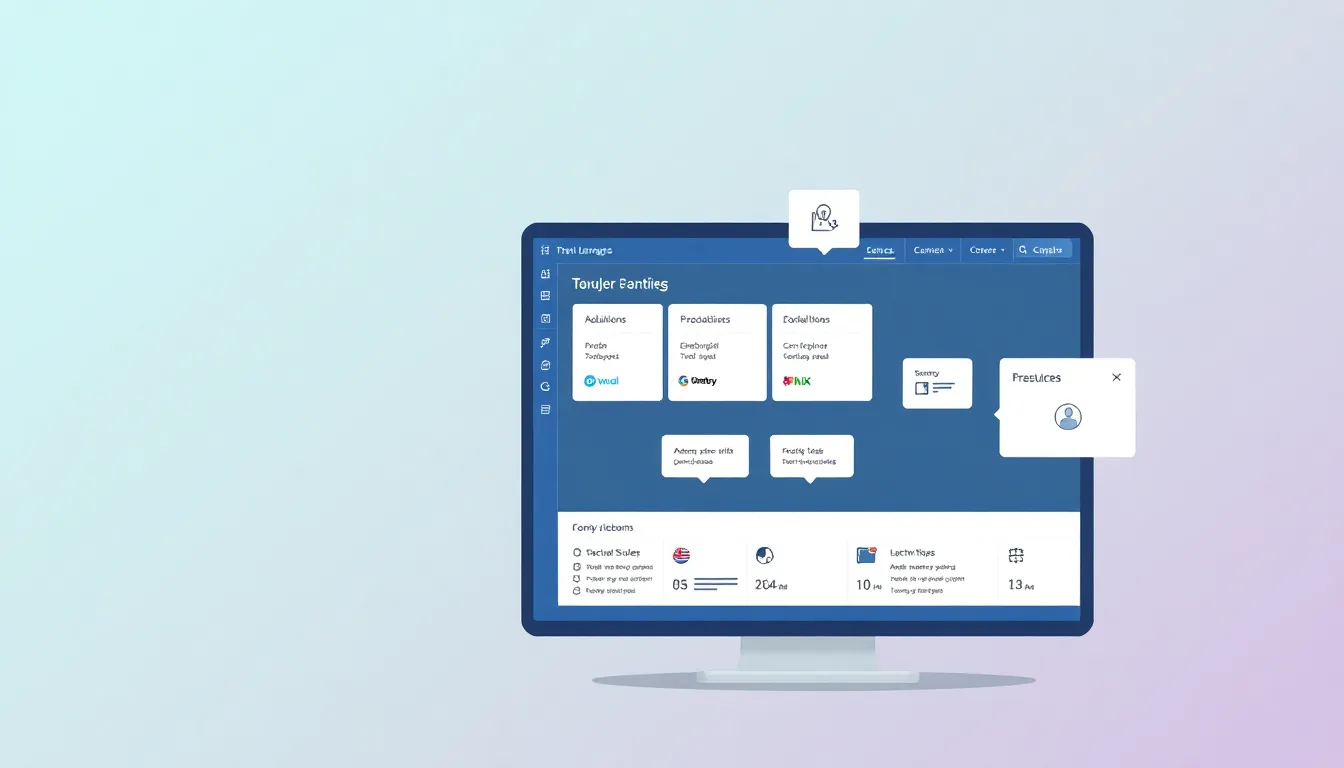The Employee Retention Credit (ERC) is one of the most significant financial relief programs available to businesses that kept employees on payroll during challenging economic periods. While the program has officially ended, employers can still claim the credit retroactively. However, the clock is ticking, and missing the deadline could mean losing out on thousands of dollars. This guide explains exactly how to claim the ERC before time runs out and maximize your benefit.
Understanding the ERC
The Employee Retention Credit is a refundable tax credit designed to reward businesses for retaining staff during the COVID-19 pandemic. Unlike a loan, it does not need to be repaid. Eligible businesses can claim the ERC for qualified wages and health plan expenses paid to employees during eligible periods in 2020 and 2021.
Key Deadlines You Need to Know
The deadline to claim the Employee Retention Credit depends on the quarter you are amending. Generally, you have up to three years from the date you originally filed your payroll tax returns to amend them. For example:
- 2020 ERC claims – You can typically file until April 15, 2024.
- 2021 ERC claims – You can typically file until April 15, 2025.
It is essential to confirm these dates with current IRS guidance, as changes or extensions may occur.
Step-by-Step Process to Claim ERC
Step 1: Verify Your Eligibility
To claim the Employee Retention Credit, confirm that your business meets the criteria:
- Significant decline in gross receipts compared to 2019.
- Full or partial suspension of operations due to a government order.
- Payment of wages to employees during the affected period.
Step 2: Calculate Qualified Wages
The ERC amount depends on the wages and health plan expenses you paid to eligible employees. In 2020, the credit was up to $5,000 per employee for the year. In 2021, it increased to up to $7,000 per employee per quarter.
Step 3: Prepare Documentation
Keep clear records of:
- Payroll reports.
- Revenue comparisons.
- Government orders impacting your operations.
This documentation is vital to support your Employee Retention Credit claim and avoid issues if audited.
Step 4: File the Correct Forms
To claim the ERC retroactively, file Form 941-X, Adjusted Employer’s Quarterly Federal Tax Return or Claim for Refund. This amended return allows you to request your credit for prior quarters.
Step 5: Track Your Refund
After filing, monitor your refund status. ERC refunds can take months to process, so patience is key. Having accurate documentation can speed up review times.
Common Mistakes to Avoid
When rushing to meet the deadline for the Employee Retention Credit, many businesses make avoidable mistakes, such as:
- Miscalculating the credit amount.
- Overlapping wage claims with PPP loan forgiveness.
- Filing without proper documentation.
- Missing eligible quarters due to incomplete review.
Why Acting Now Matters
The ERC deadline is firm, and once it passes, you cannot retroactively claim the credit. Acting quickly ensures your business captures the full financial benefit. The sooner you file, the sooner you can receive your refund, which can significantly improve your cash flow.
Maximizing Your ERC Before the Deadline
To get the most from your Employee Retention Credit claim:
- Review all eligible quarters for 2020 and 2021.
- Include qualified health plan expenses.
- Consult a tax professional to ensure accuracy and compliance.
- File as early as possible to avoid IRS processing backlogs.
The Financial Impact of the ERC
For some businesses, the Employee Retention Credit can amount to tens or even hundreds of thousands of dollars. These funds can be reinvested into operations, used to cover payroll costs, or applied toward growth initiatives. Missing the deadline means losing this valuable opportunity.
Conclusion
The Employee Retention Credit is a powerful financial tool for businesses that retained employees during tough times. With deadlines fast approaching, now is the time to act. Review your eligibility, gather your records, and file the necessary forms to secure your refund. Waiting too long could cost your business thousands of dollars, so take the steps today to claim your ERC before it’s too late.



